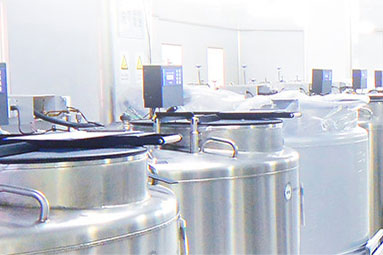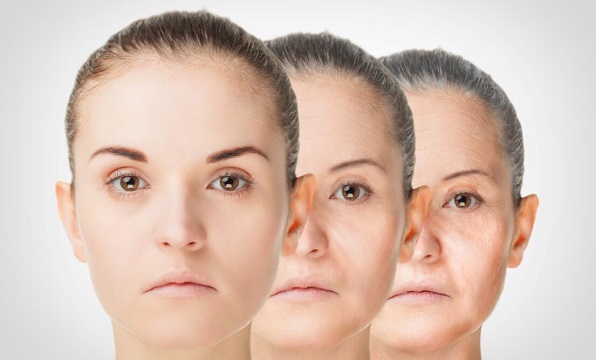Stem cells from blood may banish wrinkles
Injections of stem cells taken from patients blood may finally banish wrinkles if clinical trials of a new treatment are successful.
The first clinical trials are to begin shortly on a treatment that uses stem cells purified from a patient’s blood to combat their own wrinkles Photo: ALAMY
By Richard Gray, Science Correspondent
8:30AM BST 09 Sep 2012
For some, wrinkles are seen as a sign of character. For most, they are an unwelcome reminder of ageing.
However, scientists are developing a method that may finally end the need for the routine of treatments and moisturisers used to try to keep facial lines at bay.
The first clinical trials are to begin shortly on a treatment that uses stem cells purified from a patient’s blood to combat their own wrinkles.
The cells will be injected beneath the skin where they will grow into new skin cells to help restore the elasticity, claims Pharmacells, the Glasgow-based company behind the technology.
Athol Haas, the company’s chief executive, said: “The skin has a natural elastic property which comes from cells known as fibroblasts.
“The ability of the body to produce this elastic material slows down with age because the number of these fibroblasts decrease.
“By introducing large numbers of stem cells into the right place, we are increasing the ability of the body to produce this material. It is still in its early stages but we hope to begin phase one trials within the next 12 months.”
Until recently, anyone hoping to get rid of their wrinkles had to rely on cosmetic treatments that injected synthetic collagen under the skin as a filler to remove the lines.
Botox has now become popular for cosmetic treatments, where a neurotoxin from the bacteria Clostridium botulinum is injected to immobilise the muscles that can cause wrinkles.
Fibroblast cells produce collagen and help maintain the skin’s structural integrity.
Pharmacells, which will be conducting its first clinical trial with a clinic in Hong Kong, uses a technique to purify an unspecialised type of cell, known as blastocyst-like stem cells, which can develop into many different types of tissues in the body.
It will be the first therapy to use this type of cell and the company also hopes to develop new techniques to treat diseases such as heart disease and osteoarthritis.
Rajiv Grover, a plastic surgeon and president elect of the British Association of Aesthetic Plastic Surgeons, said it could be five to 10 years before stem cell treatments for wrinkles were widely available.
“It is an exciting prospect as the science of stem cells will influence plastic surgery and cosmetic medicine significantly in the future,” he said.
“There is some evidence stem cells, when injected, can improve skin quality, but until you have had studies that look at the long-term effect and the safety, you cannot be sure.”







SUBSCRIBE TO OUR NEWSLETTER